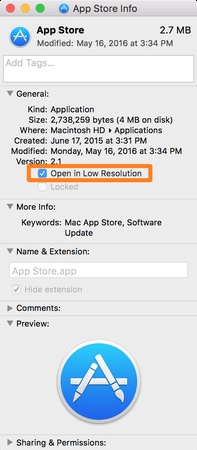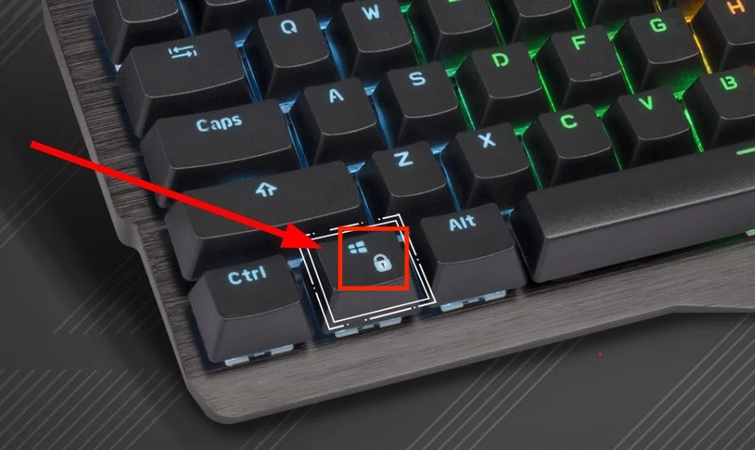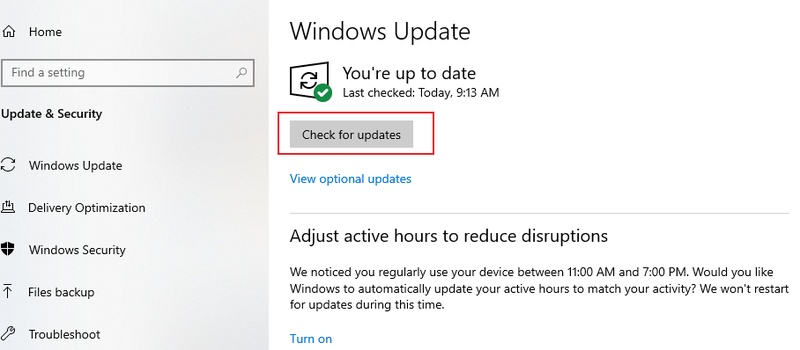Why Is My Safari Not Loading Images & How to Fix It?
Safari is the default browser on iPhone, iPad, and Mac and is known for its speed, security and smooth browsing experience. But sometimes, users face the frustrating issue of Safari not loading images. Whether images appear broken, take too long to load or don’t show up at all, it disrupts browsing and makes websites unusable. This problem often occurs after iOS or macOS updates, while using Google Images or when visiting certain websites.
Good thing there are quick fixes available. This article explains why Safari doesn’t show images and provides 9 proven fixes you can try on your Mac, iPhone or iPad.
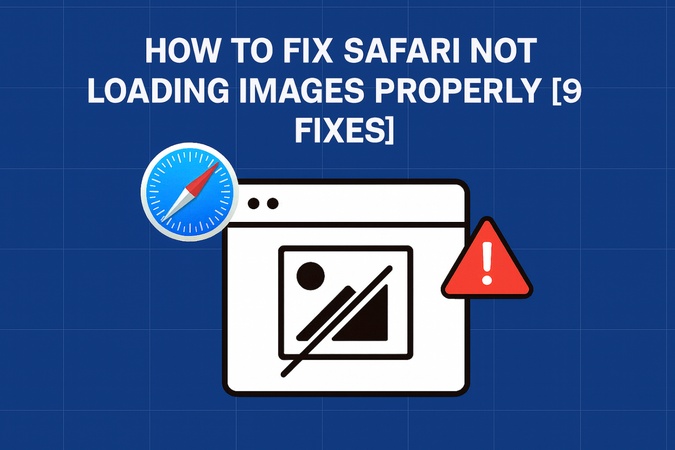
Part 1. Why Are Images Not Loading in Safari? [Common Causes]
If you’re asking, Why is my Safari not loading images, you’re not alone. Here are the most common reasons:
- Poor or unstable internet connection: Images require bandwidth and a weak signal can cause delays.
- Low Data Mode enabled: On iOS, this restricts data-heavy content such as pictures.
- VPN interference: Extra routing may block or delay image loading.
- Ad-blocker or Safari extensions: They may accidentally block pictures.
- Corrupted cache or cookies: Old browsing data sometimes prevents Safari from displaying new content.
- Disabled JavaScript or image settings: Many websites rely on these to show images.
- Unsupported image formats: For example, macOS Catalina doesn’t support WebP.
- Outdated Safari or macOS/iOS: Software bugs can stop Safari from loading images properly.
In short, Safari images not loading may be due to both device settings and website compatibility.
Part 2. How to Fix Safari Not Loading Images on iPhone/iPad/Mac [9 Fixes]
If you find Safari not loading images on websites, here’s how to fix it step by step. These solutions cover both iOS/iPadOS and macOS users.
Fix 1. Enable or Disable Safari Image Blocking Settings
Safari has options for developers and users to control how websites load images. This can be useful if you want to browse faster or save data but sometimes it leads to Safari not loading images properly. Checking these settings can help you fix the problem.
Option 1:
-
Open Safari. Go to the menu bar and click Safari, then “Settings” (or Preferences on older versions).
-
Select the "Advanced" tab in the General dialog. Check the box for "Show features for web developers".

-
A new "Develop" menu will appear in the top menu bar. From “Develop", uncheck “Disable Images” to allow images.

Option 2:
-
Open Safari, go to Safari > Settings > Extensions, and uncheck all extensions.
-
In Safari > Settings > Websites > Content Blockers, set to "Off" for the site.
-
Under Safari > Settings > Privacy, uncheck "Prevent cross-site tracking" temporarily to test.

By adjusting these settings, you can either block images to conserve bandwidth or re-enable them to ensure Safari displays websites correctly.
Fix 2. Check Your Internet Connection
Sometimes Safari can’t load images because of a weak or unstable internet connection. To make sure that’s not the problem, run a quick speed test on your iPhone or iPad. If the connection seems slow, try this quick fix:
Open the “Control Centre" on your iPhone.
Turn on "Airplane Mode" for a few seconds.
Turn it off again and reconnect to the internet.
Now check if Safari is able to load images properly.
Fix 3. Use JPG or PNG Instead of WebP (For Image Uploaders)
If Safari is not loading images on websites, the issue may come from unsupported WebP images, especially on older versions of Safari and macOS. Uploaders can fix this by using JPG or PNG, which are universally supported.
- JPG: Best for photos and compressed images.
- PNG: Ideal for logos, transparent backgrounds or sharp graphics..
This prevents Safari not loading images on websites uploaded in unsupported formats.
Why Is Website Image Blurry on Safari & How to Enhance Quality
Fix 4. Update Your macOS/iOS Versions to Support WebP
WebP is a modern image format developed by Google that allows websites to display high-quality images in smaller file sizes. However, older versions of iOS, iPadOS and macOS (such as ) may not fully support WebP. If Safari on your device can’t load certain images, the issue might be due to outdated software. Therefore, it is recommended to update the system to macOS Big Sur or Later and upgrade iOS to iOS 13 and later. Here’s how to update:
On Mac:
-
Go to “System Settings” > “General” > “Software Update”.
-
Install any updates (macOS 11 Big Sur or later required).

On iPhone/iPad:
-
Open the Settings app. Go to "General", then "Software Update".
-
If an update is available, tap "Download and Install".

Fix 5. Switch Default PDF Reader Back to Preview
Sometimes, Safari struggles to render inline PDFs or images if third-party PDF readers are set as the default. Switching back to Preview helps resolve this. If Safari is not loading images properly on document-heavy websites, try this.
On Mac:
Right-click a PDF file and select “Get Info”.
Under “Open With", choose "Preview".
-
Click "Change All" to apply system-wide.

On iPhone/iPad:
-
In Safari, tap the PDF link > tap “Share” > “Quick Look” (uses built-in viewer).
-
For defaults: Settings > “Apps” > “Default Apps” > “PDF” (if available) or use Files app to open in Preview mode.
Fix 6. Clear Safari’s Cache and Cookies
Over time, Safari stores caches, cookies and browsing history on your iPhone or iPad. While these files help websites load faster, they also consume storage space and may slow down your device. To keep Safari running smoothly, it’s good to clear them regularly. Here’s how:
Open the “Settings” app. Scroll down and tap “Safari".
-
In the Safari settings, select “Clear History and Website Data".
-
Tap “Clear History and Data” to confirm the action.

Fix 7. Use Another Browser (e.g., Chrome)
If none of the above work, try loading the same site on another browser. If it works fine there, the issue is likely Safari-specific. This helps you confirm whether Safari not loading images on websites is browser related.
Download Google Chrome or Firefox from the App Store or Mac App Store. Open the same page and check if the images display correctly.
Fix 8. Turn Off Safari's Extensions (Especially Adblocker)
Safari extensions, especially ad blockers, can sometimes interfere with websites and prevent images from loading on your iPhone or iPad. Follow these steps to disable them:
On Mac:
-
Safari > Settings > Extensions, select the conflicting items such as Adblocker and uninstall them.
-
Reload the page and re-enable one by one.

On iPhone/iPad:
Head to “Settings” > “Safari” > “Extensions”.
-
Select the ad blocker > toggle off “Allow Extension”.

Part 3. How to Fix Corrupted Images Uploaded to/Downloaded from Safari
Safari users often face the frustration of uploading or downloading images only to discover they appear corrupted, greyed-out, pixelated or won’t open at all. These issues can occur due to incomplete downloads, file transfer errors or damaged photo headers. Fortunately, with 4DDiG Photo Repair, you can quickly restore your photos to their original state, no matter the corruption or format.
4DDiG Photo Repair is a professional yet user-friendly software designed to repair corrupted, damaged, blurry or inaccessible images. It supports all Safari-compatible formats, including JPG, PNG, TIFF, HEIC, RAW, WebP and more. It ensures smooth restoration across devices.
Secure Download
Secure Download
Why Choose 4DDiG Photo Repair?
- Supports all major Safari-compatible formats: JPG, JPEG, PNG, TIFF, HEIC, RAW, WebP, SVG and more
- Fixes greyed-out images, damaged headers and unreadable photos
- Restores blurry, pixelated or distorted pictures
- Repairs heavily damaged or incomplete photo data
- Batch repair support for up to 3,000 images at once
- Available on both Windows and macOS
Steps to Fix Corrupted Images from Safari
-
Fire up 4DDiG Photo Repair on your computer. Choose “Photo Repair”, then click “Add Photos”. You can also drag and drop your corrupted Safari images into the window.

-
Click "Repair All” to let the software scan and repair your damaged images. The AI-powered engine automatically restores details, fixes headers and corrects visual errors.

-
Once the repair is complete, click “Preview” to see the results. Check if your Safari-downloaded images are no longer blurry, greyed-out or distorted.

-
Click "Save All", and choose a secure destination folder on your Mac or PC. You can also open the folder directly to view your restored Safari images.

Part 4. How to Prevent Safari Not Loading/Showing Images Issues
Follow these prevention tips to avoid running into Safari image not showing problems again:
- Keep Safari updated to the latest version.
- Clear cache and cookies regularly.
- Make sure your internet connection is stable.
- Disable ad-blockers or content blockers if images don’t load.
- Enable JavaScript in Safari settings.
- Check Safari’s settings to allow image display.
- Update your macOS or iOS system.
- Free up device storage for smoother performance.
People Also Ask: Safari Pictures Not Loading
Q1: Why won’t some images load on Safari?
Some images won’t load on Safari due to slow internet, ad-blockers, outdated cache or unsupported file formats. Sometimes website coding issues can also prevent images from showing.
Q2: Why won’t Safari load content?
Safari won’t load content if the browser is outdated, the network is unstable or too many cached files and cookies. Occasionally website scripts or server downtime can also prevent loading.
Q3: How do I stop Safari from blocking images?
You can stop Safari from blocking images by disabling ad/content blockers, adjusting privacy and security settings and ensuring “Allow Remote Content” is enabled.
Conclusion
Safari not loading images can be a pain especially when other browsers show them fine. Most of the time it’s easy to fix, whether it’s clearing cache, updating macOS or disabling extensions. If it’s corrupted images themselves, 4DDiG Photo Repair is the way to go. It supports Safari compatible formats (JPG, PNG, HEIC, RAW, WebP, etc.) and ensures your images display correctly every time.
Secure Download
Secure Download

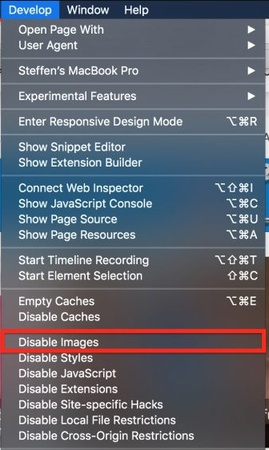


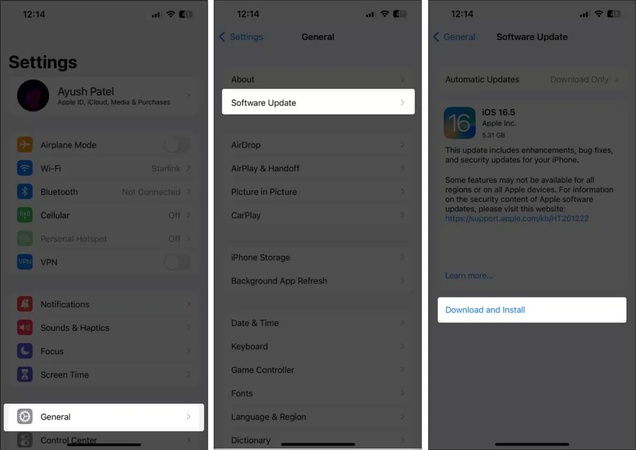
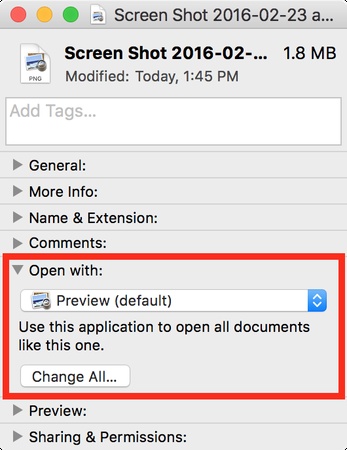
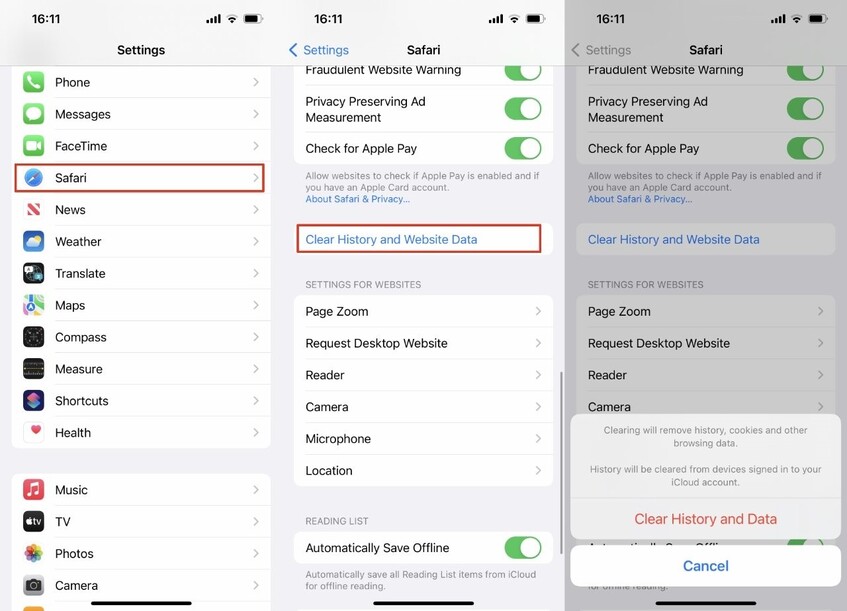
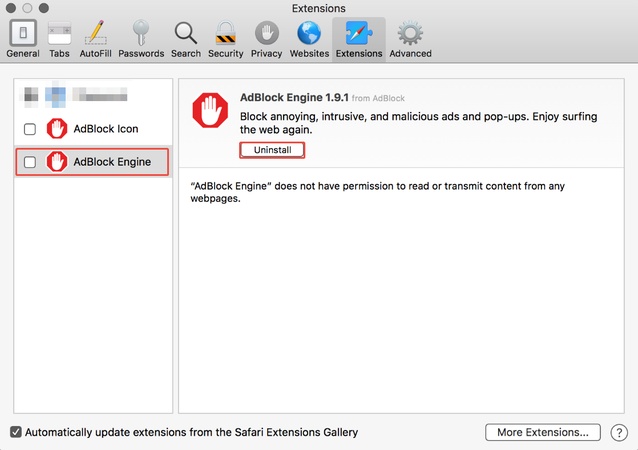
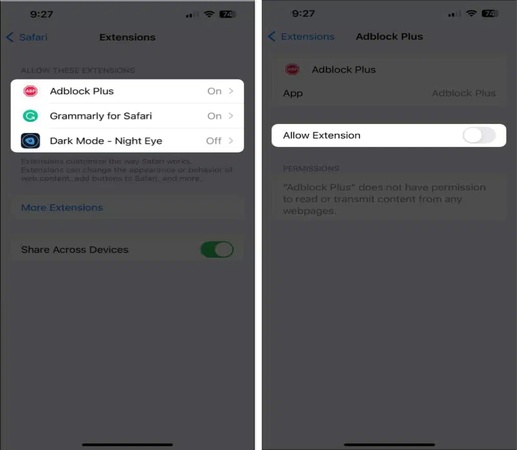
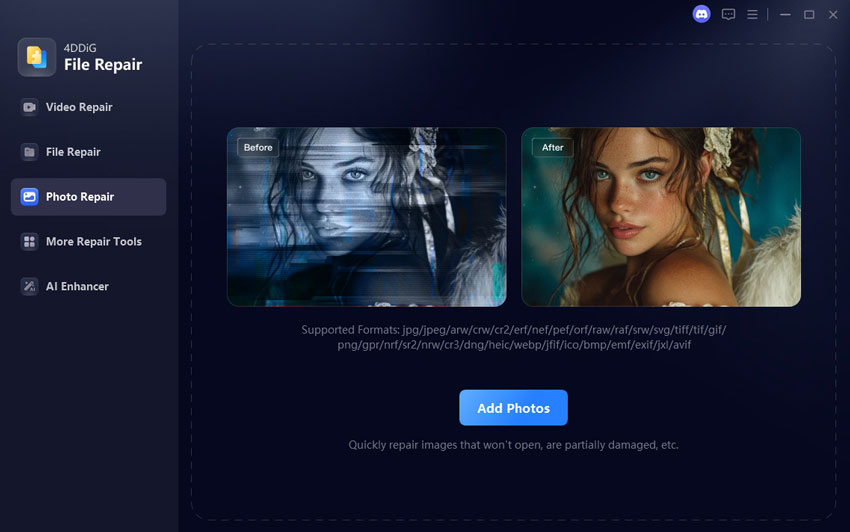



 ChatGPT
ChatGPT
 Perplexity
Perplexity
 Google AI Mode
Google AI Mode
 Grok
Grok

